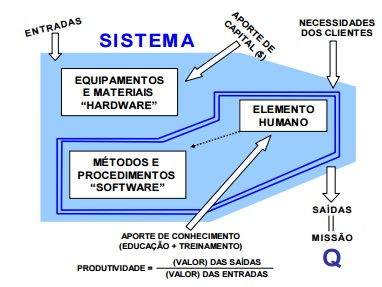Questões de Concurso
Para potigás - rn
Foram encontradas 100 questões
Resolva questões gratuitamente!
Junte-se a mais de 4 milhões de concurseiros!

The Great Wall of China
Walls and wall building have played a very important role in Chinese culture. These people, from the dim mists of prehistory have been wallconscious; from the Neolithic period – when barriers were used - to the Communist Revolution, walls were an essential part of any village. Not only towns and villages; the houses and the temples within them were somehow walled, and the houses also had no windows overlooking the street, thus giving the feeling of wandering around a huge maze. The name for “city” in Chinese (ch’eng) means wall, and over these walled cities, villages, houses and temples presides the god of walls and mounts, whose duties were, and still are, to protect and be responsible for the welfare of the inhabitants. Thus a great and extremely laborious task such as constructing a wall, which was supposed to run throughout the country, must not have seemed such an absurdity.
However, it is indeed a common mistake to perceive the Great Wall as a single architectural structure, and it would also be erroneous to assume that it was built during a single dynasty. For the building of the wall connected the various dynasties, and each of these dynasties somehow contributed to the refurbishing and the construction of a wall, whose foundations had been laid many centuries ago. It was during the fourth and third century B.C. that each warring state started building walls to protect their kingdoms, both against one another and against the northern nomads. Especially three of these states: the Ch’in, the Chao and the Yen, corresponding respectively to the modern provinces of Shensi, Shanzi and Hopei, over and above building walls that surrounded their kingdoms, also laid the foundations on which Ch’in Shih Huang Di would build his first continuous Great Wall.
The role that the Great Wall played in the growth of Chinese economy was an important one. Throughout the centuries many settlements were established along the new border. The garrison troops were instructed to reclaim wasteland and to plant crops on it, roads and canals were built, to mention just a few of the works carried out. All these undertakings greatly helped to increase the country’s trade and cultural exchanges with many remote areas and also with the southern, central and western parts of Asia – the formation of the Silk Route. Builders, garrisons, artisans, farmers and peasants left behind a trail of objects, including inscribed tablets, household articles, and written work, which have become extremely valuable archaeological evidence to the study of defence institutions of the Great Wall and the everyday life of these people who lived and died along the wall
The Great Wall of China
Walls and wall building have played a very important role in Chinese culture. These people, from the dim mists of prehistory have been wallconscious; from the Neolithic period – when barriers were used - to the Communist Revolution, walls were an essential part of any village. Not only towns and villages; the houses and the temples within them were somehow walled, and the houses also had no windows overlooking the street, thus giving the feeling of wandering around a huge maze. The name for “city” in Chinese (ch’eng) means wall, and over these walled cities, villages, houses and temples presides the god of walls and mounts, whose duties were, and still are, to protect and be responsible for the welfare of the inhabitants. Thus a great and extremely laborious task such as constructing a wall, which was supposed to run throughout the country, must not have seemed such an absurdity.
However, it is indeed a common mistake to perceive the Great Wall as a single architectural structure, and it would also be erroneous to assume that it was built during a single dynasty. For the building of the wall connected the various dynasties, and each of these dynasties somehow contributed to the refurbishing and the construction of a wall, whose foundations had been laid many centuries ago. It was during the fourth and third century B.C. that each warring state started building walls to protect their kingdoms, both against one another and against the northern nomads. Especially three of these states: the Ch’in, the Chao and the Yen, corresponding respectively to the modern provinces of Shensi, Shanzi and Hopei, over and above building walls that surrounded their kingdoms, also laid the foundations on which Ch’in Shih Huang Di would build his first continuous Great Wall.
The role that the Great Wall played in the growth of Chinese economy was an important one. Throughout the centuries many settlements were established along the new border. The garrison troops were instructed to reclaim wasteland and to plant crops on it, roads and canals were built, to mention just a few of the works carried out. All these undertakings greatly helped to increase the country’s trade and cultural exchanges with many remote areas and also with the southern, central and western parts of Asia – the formation of the Silk Route. Builders, garrisons, artisans, farmers and peasants left behind a trail of objects, including inscribed tablets, household articles, and written work, which have become extremely valuable archaeological evidence to the study of defence institutions of the Great Wall and the everyday life of these people who lived and died along the wall